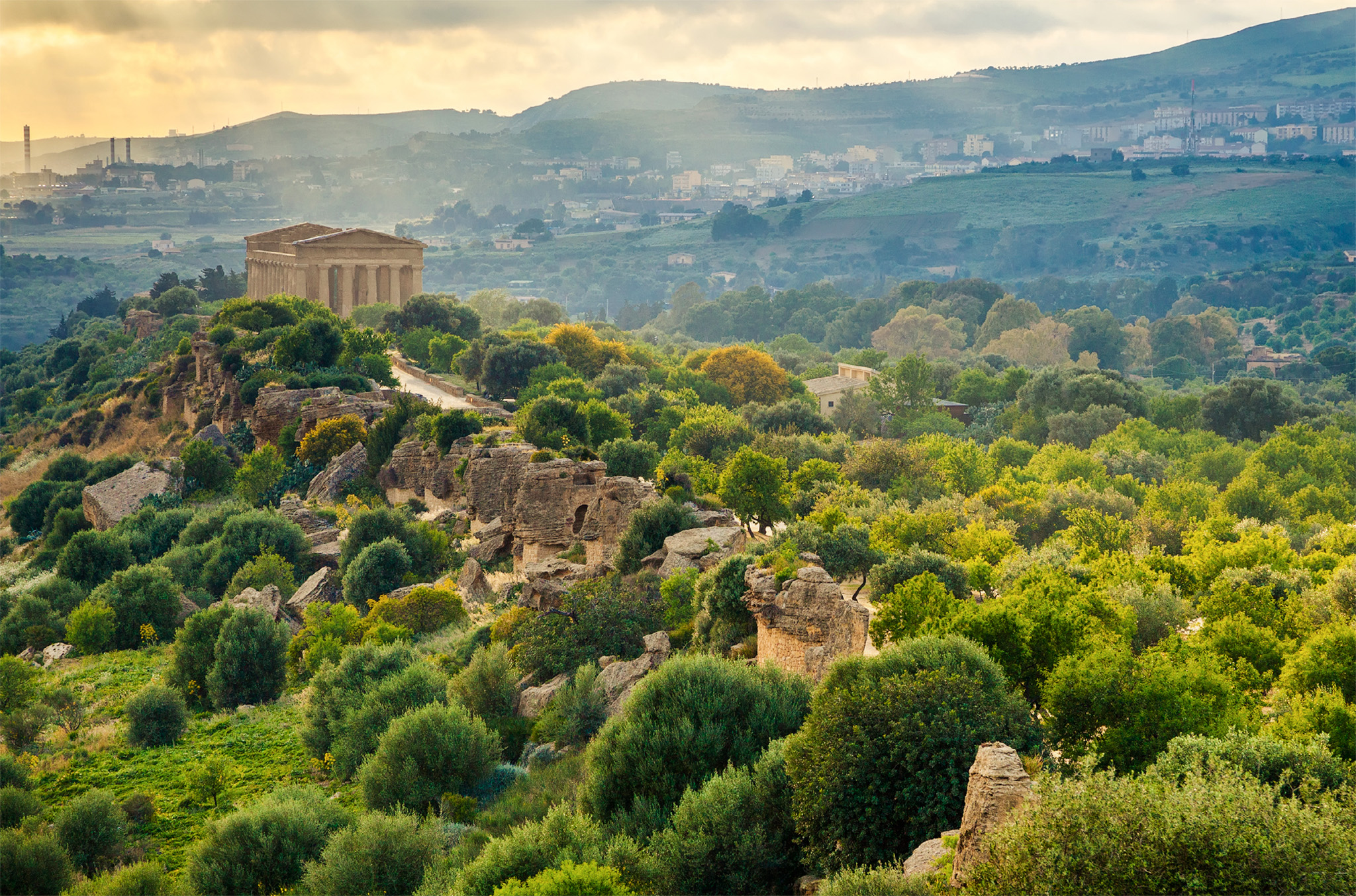
t The thick brush of the Valle dei Templi at the Temple of Concordia
Straddling a low ridge to the south of Agrigento, the Valle dei Templi (Valley of the Temples) is one of the most impressive complexes of ancient Greek buildings outside Greece and a prime example of the magnificence of Magna Graecia (Greater Greece). The valley was once at the heart of ancient Akragas (modern-day Agrigento), which the Greek poet Pindar described as “the fairest city inhabited by mortals”. It became a UNESCO World Heritage Site in 1997.

t The thick brush of the Valle dei Templi at the Temple of Concordia
EXPERIENCE Agrigento and the Southwest
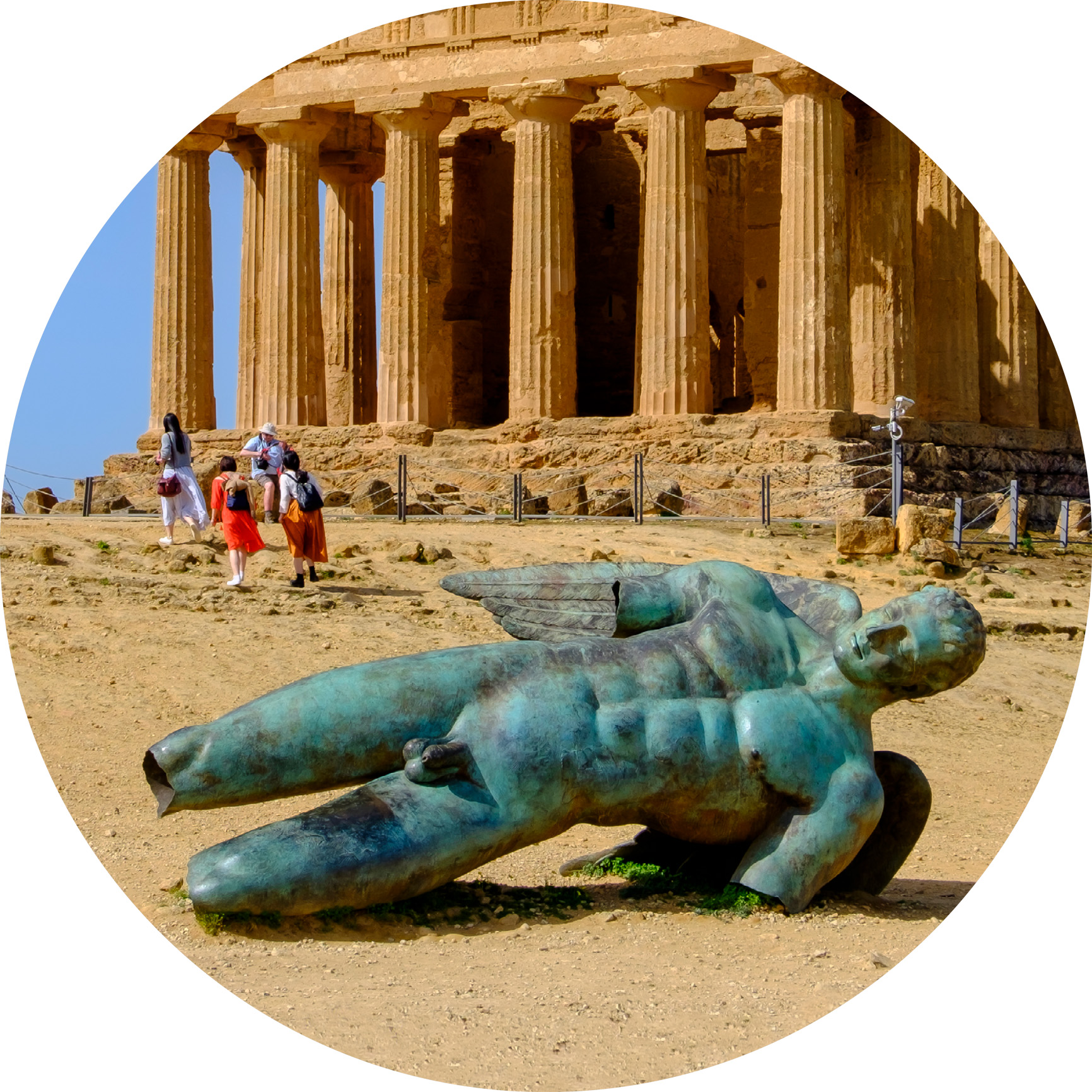
t Where Igor Mitoraj’s statue Fallen Icarus lies
Founded in 581 BC by colonists from Gela, Akragas was one of Sicily’s richest and most powerful cities – visitors reported that its citizens had ivory furniture, abundant silver and gold, and even made elaborate tombs for their pets. The city was especially well known for breeding horses, which consistently won in the Olympic Games. After being besieged by the Carthaginians in 406 BC, Akragas was taken by the Romans in 261 BC, who sold the population into slavery and renamed the city Agrigentum. It remained in Roman control until the fall of the Empire. Today, you can explore the ruins of seven major temples, a series of minor shrines and a fascinating archaeology museum on the site.
The Valle dei Templi is famous for its splendid monuments of the Magna Graecia civilization, but it also has early Christian ruins. The Ipogei of Villa Igea (also known as the Grotta di Frangipane), between the Temple of Heracles and the Temple of Concord, were cut out of the rock to house the bodies of the first Christians here. A series of niches, closed off by stone slabs, alternated with chapels that still bear traces of wall paintings.
EXPERIENCE Agrigento and the Southwest
Valley Highlights |
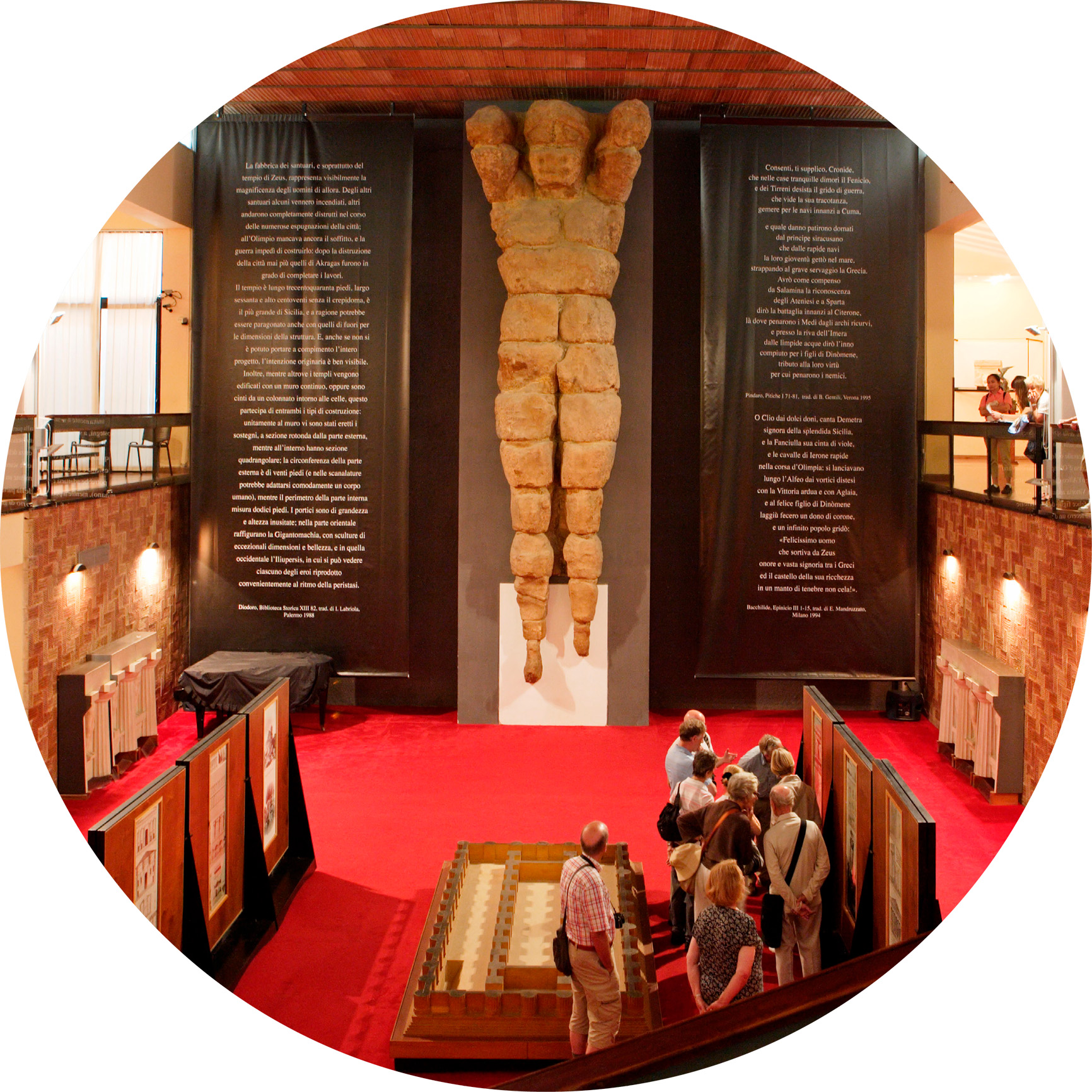
Museo ArcheologicoThe Archaeological Museum was opened to the public in 1967. The 13 rooms display objects ranging from prehistoric times to the early Christian period, but the emphasis is on Greek and Roman finds such as vases, statues and sarcophagi. There is also a Telamon (pillar in the form of a male statue) from the Temple of Olympian Zeus. |
Temple of Olympian ZeusOnly fragmentary ruins remain of this 5th-century-BC temple – the largest Doric temple ever built. It was once supported by 38 giant Telamons, one of which is now on display in the Museo Archeologico. |
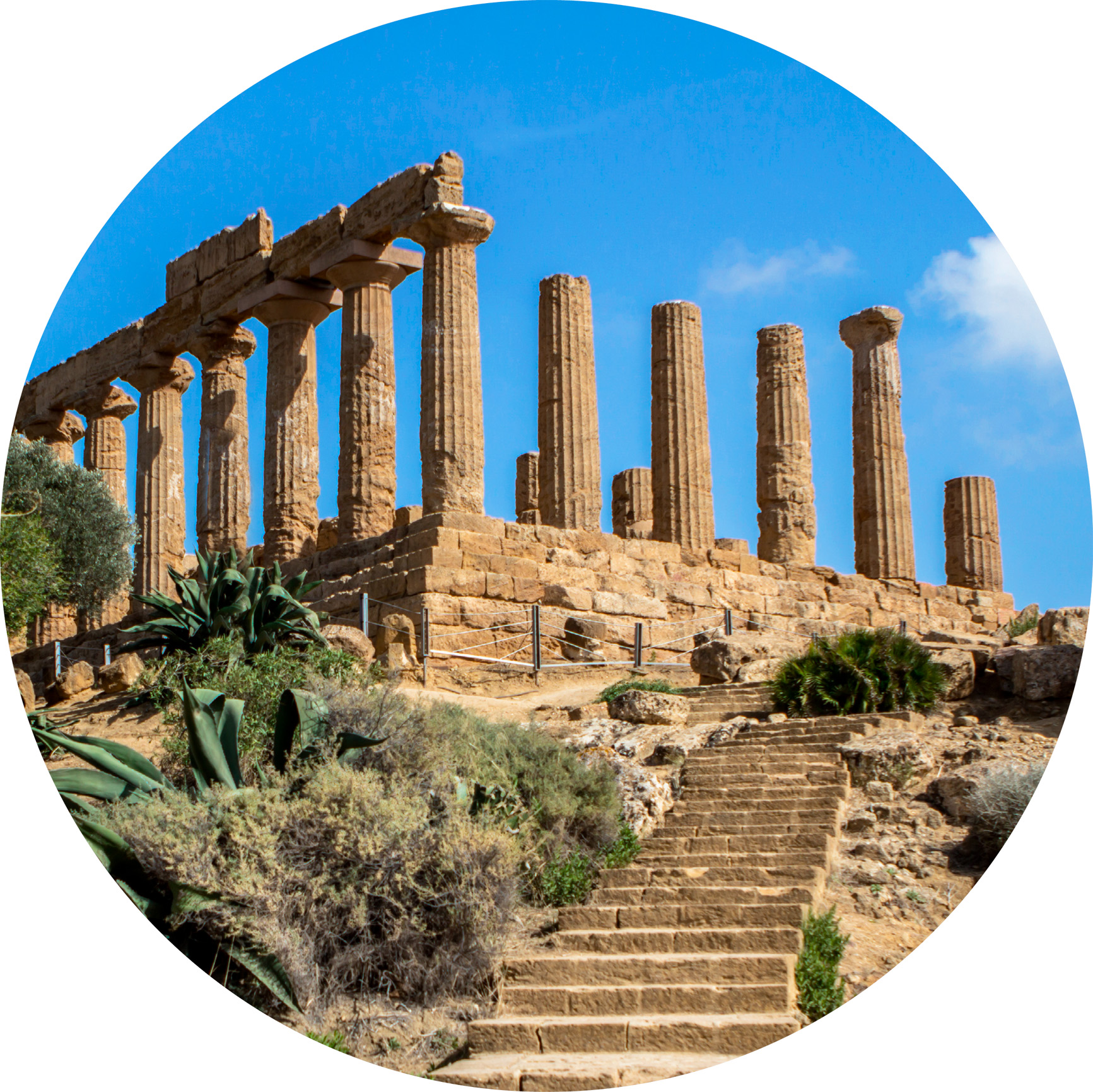
Temple of HeraclesThese eight columns belonged to the oldest temple dedicated to Heracles, worshipped by both the Greeks and the Romans. The archaic 6th-century-BC Doric structure has an elongated rectangular plan. |
Temple of ConcordWith its 34 columns, this is one of the best-preserved Doric temples in the world, partly thanks to alterations made in the 4th century, when it became a Christian basilica. It was restored to its original Classical form in 1748. |
Temple of HeraRelatively well-preserved, this 5th-century-BC temple was restored in Roman times, and 25 of the original 34 columns are still standing. |
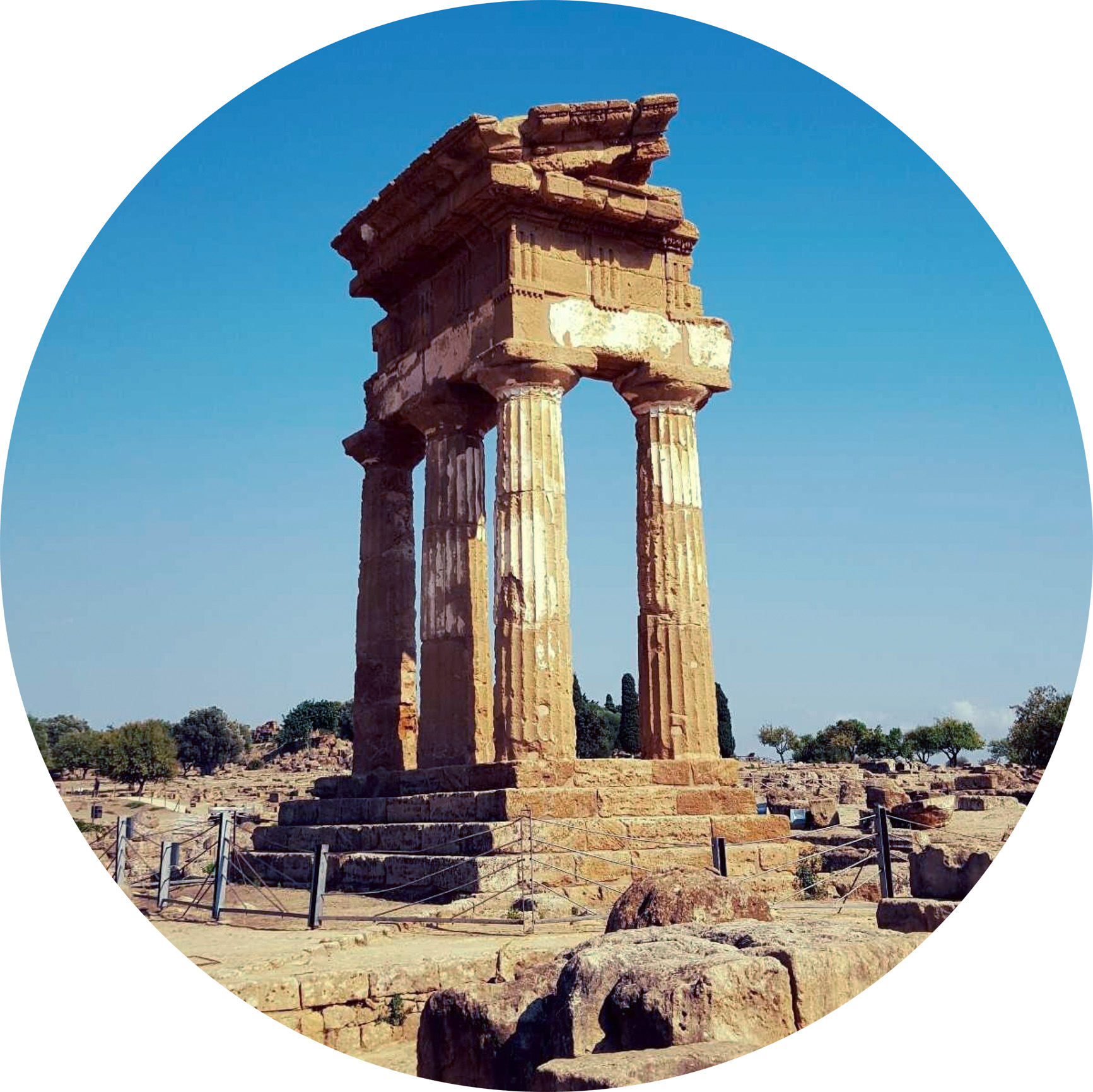
Temple of Castor and PolluxThis temple’s four surviving columns and partial roof, a symbol of the Valley of the Temples, were restored in the 19th century. |